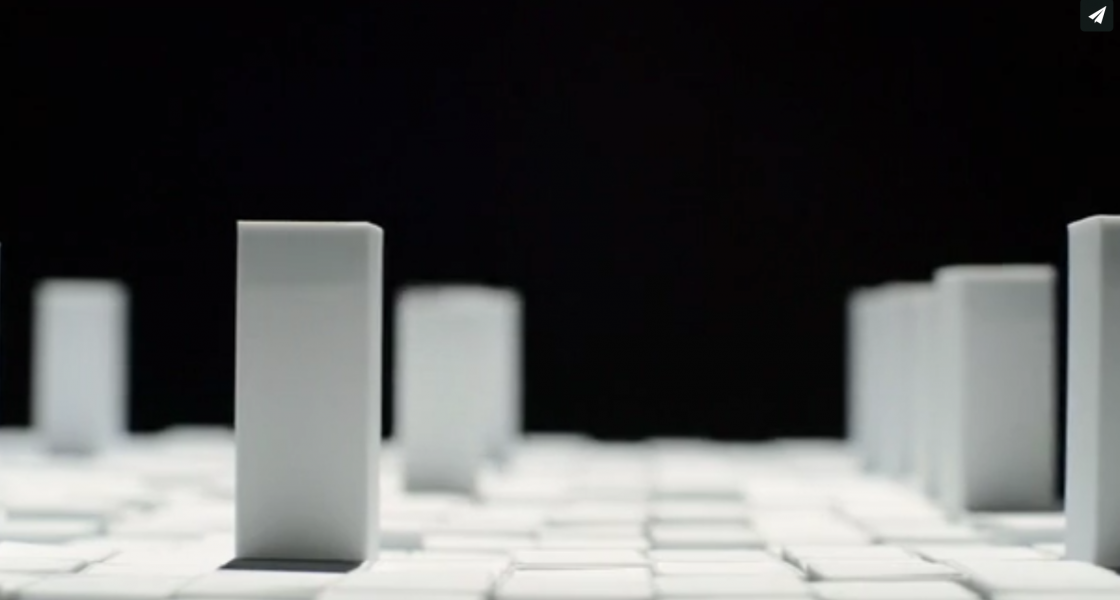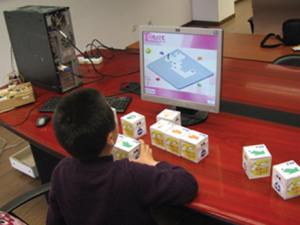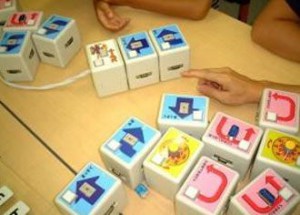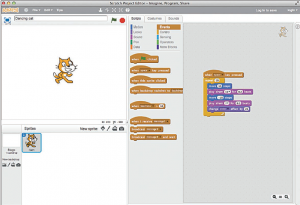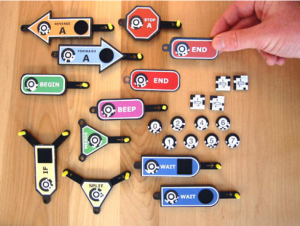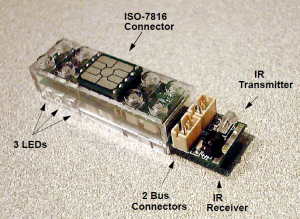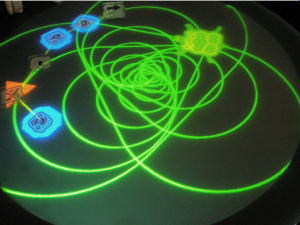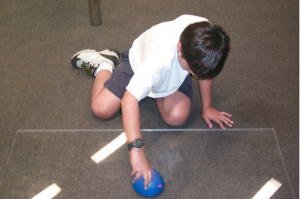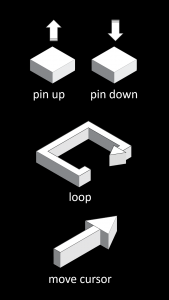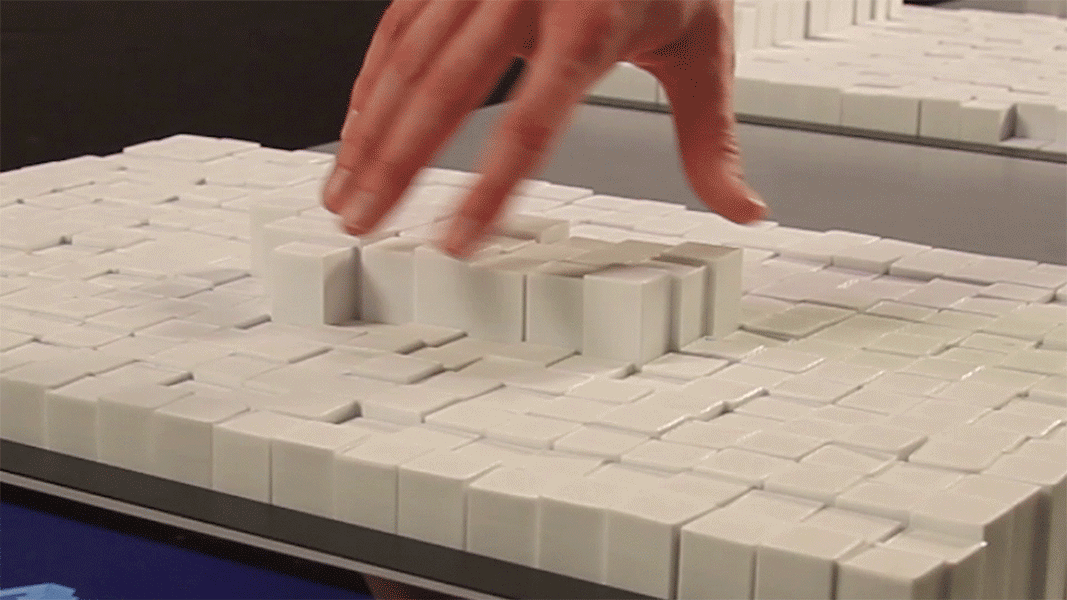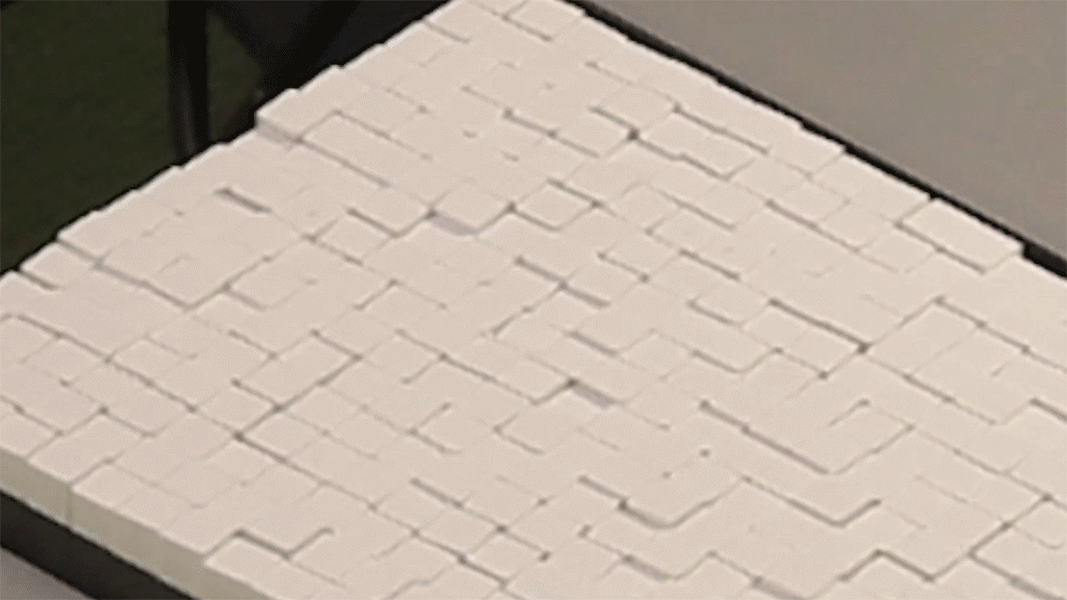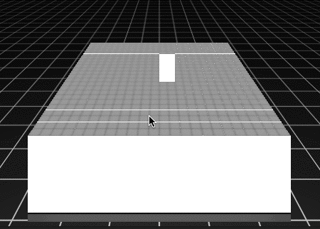Paper Abstract
TRANSFORM as Tangible Programming Environment (PDF)
Concept Video
Inspiration
There is “a dynamic relationship between things and thinking. We tie a knot and find ourselves in a partnership with string in our exploration of space. Objects are able to catalyze self creation.”
– Sherry Turkle
- reality-based interaction (8)
- tangibility (5)
- tinkering (13)
- bricolage (1)
- play (2)
- simplicity (11)
- engagement(12)
- Papert – Logo [1967]
- Vygotsky – Imagination and Creativity in Childhood [1967]
- Papert – Mindstorms [1993]
- Suzuki, Kato – AlgoBlocks [1995]
- McNerney – Tangible Programming Bricks [2000]
- Frei, Su, Mikhak, Ishii – Curlybot [2000]
- Blackwell – Cognitive Dimensions of Tangible Programming [2003]
- Horn, Jacob – Designing TPL for Classroom Use [2007]
- Turkle – The Things that Matter [2007]
- Gallardo, Julia, Jorda – TurTan [2008]
- Wang, Zhang, Chen – E-block [2012]
- Brennan – Learning Computing through Creating & Connecting [2013]
- Resnick, Rosenbaum – Designing for Tinkerability [2013]
Goal
tangible + radical programming
- hands-on interaction with digital media
- immediate physical feedback (visual, audible, tactile)
- bi-directional programming
- multi-modal representation + interface
Technical Overview
Toolbox
display 1: function manipulation
once loaded, functions can be intuitively manipulated (rotated, scaled, etc.)
display 2: source code
functions are assembled in the middle display and represented as individual “lines of code;” the entire ensemble represents the compiled “source code”
display 3: cursor + result
the final display is a running, 3D representation of the program; a cursor indicates the location of the work being done
Future Directions
- more tools (conditionals, arrays, etc.)
- animations (play/pause, run speed)
- multiplayer programming (games)
- more robust editing of result
- scrolling through longer code
- enhanced tangible editing

